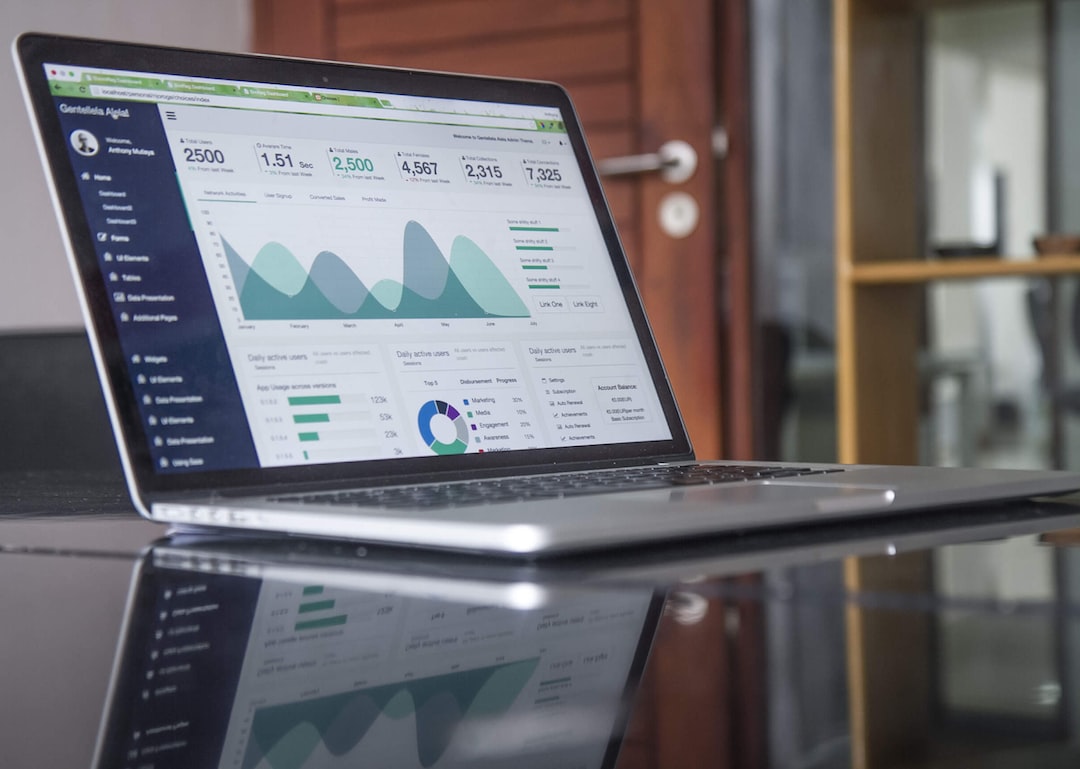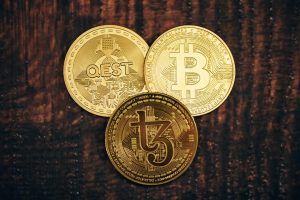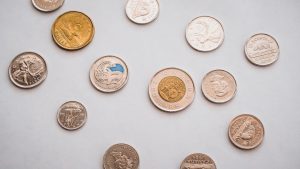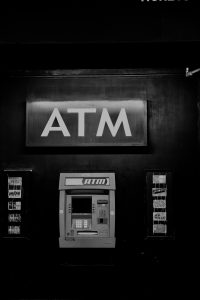Forex trading, also known as foreign exchange trading, is the process of buying and selling currencies from around the world. The forex market is the largest financial market in the world, with an average daily turnover of around $5.3 trillion. Forex trading is a decentralized market, which means that it has no physical location or central exchange. Instead, forex trading takes place electronically over-the-counter (OTC) through a network of banks, brokers, and other financial institutions.
The forex market operates 24 hours a day, five days a week, starting from the Asian market opening on Sunday evening and ending on the New York market closing on Friday afternoon. This allows traders to trade currencies at any time of the day, regardless of their location. The forex market is highly liquid, meaning that traders can quickly buy and sell currencies at the current market price without worrying about liquidity issues.
Forex trading is typically done in pairs, with one currency being bought and another currency being sold. Currency pairs are listed as a ratio, with the base currency being the first currency listed and the quote currency being the second currency listed. For example, in the EUR/USD currency pair, the EUR is the base currency, and the USD is the quote currency. The exchange rate indicates how much of the quote currency is needed to buy one unit of the base currency.
Forex traders use a variety of strategies and tools to analyze the market and make trades. One of the most common tools used in forex trading is technical analysis, which involves studying charts and indicators to identify patterns and trends in the market. Traders may also use fundamental analysis, which involves analyzing economic and political factors that may affect the value of a currency.
Forex traders can make money by buying a currency when it is undervalued and selling it when it is overvalued. For example, if a trader believes that the USD is undervalued compared to the EUR, they may buy USD and sell EUR. If the USD increases in value compared to the EUR, the trader can sell their USD and buy back EUR at a lower price, making a profit.
Forex trading also involves risk, as currency values can fluctuate quickly and unexpectedly. Traders must be prepared to handle losses and manage their risk by setting stop-loss orders to limit potential losses. Additionally, forex traders must be aware of the impact of leverage, which allows traders to control a larger position with a smaller investment. While leverage can increase profits, it can also increase losses if not managed properly.
In conclusion, forex trading is the process of buying and selling currencies from around the world. The forex market is the largest financial market in the world, and it operates 24 hours a day, five days a week. Forex trading is typically done in pairs, with one currency being bought and another currency being sold. Forex traders use a variety of strategies and tools to analyze the market and make trades, and they must be prepared to handle risk and manage their losses. Overall, forex trading requires knowledge, skill, and discipline to be successful.





